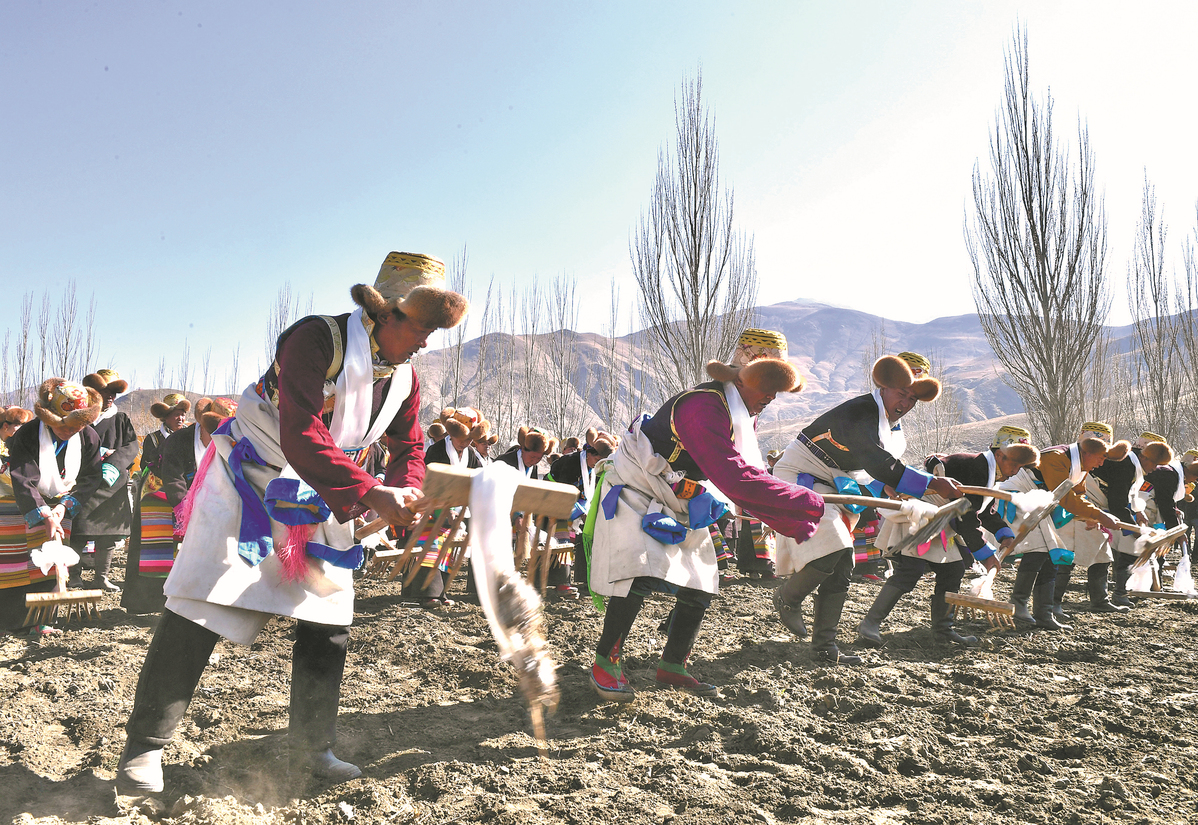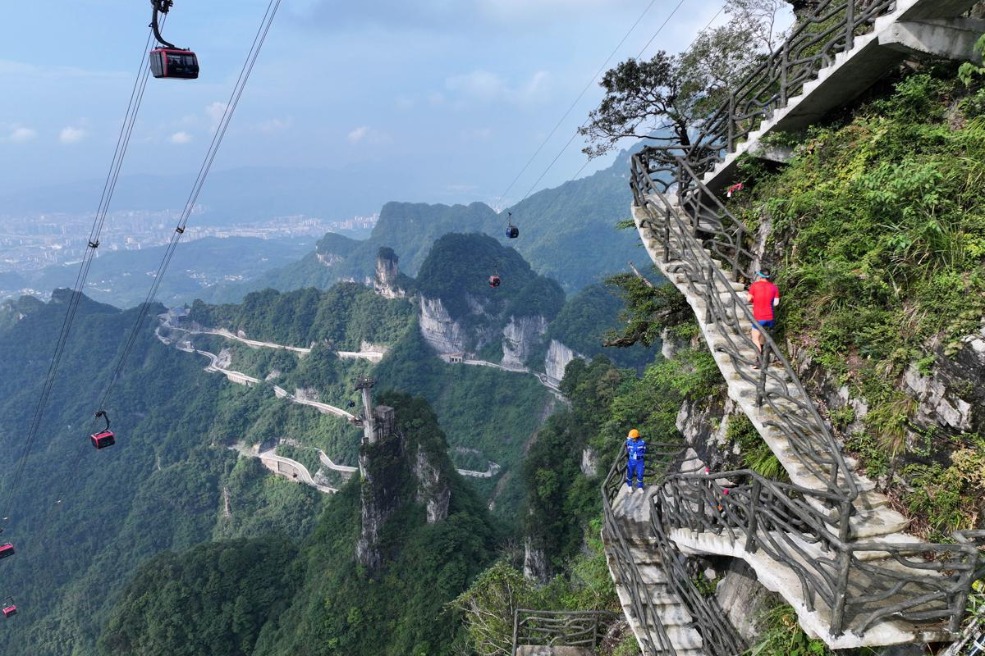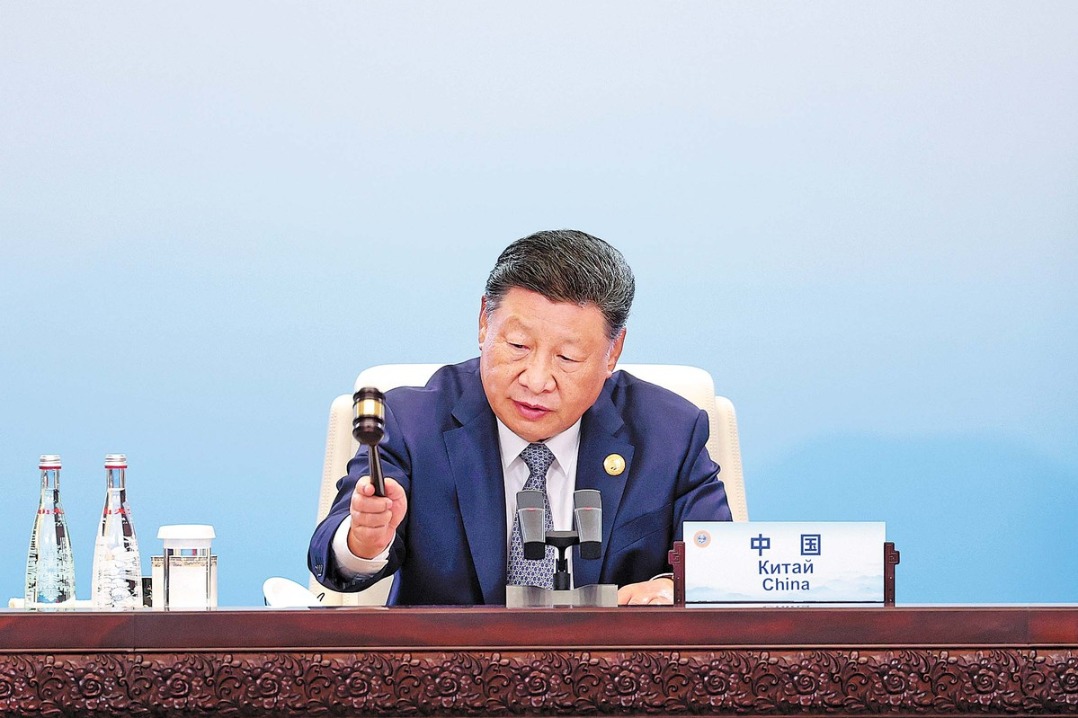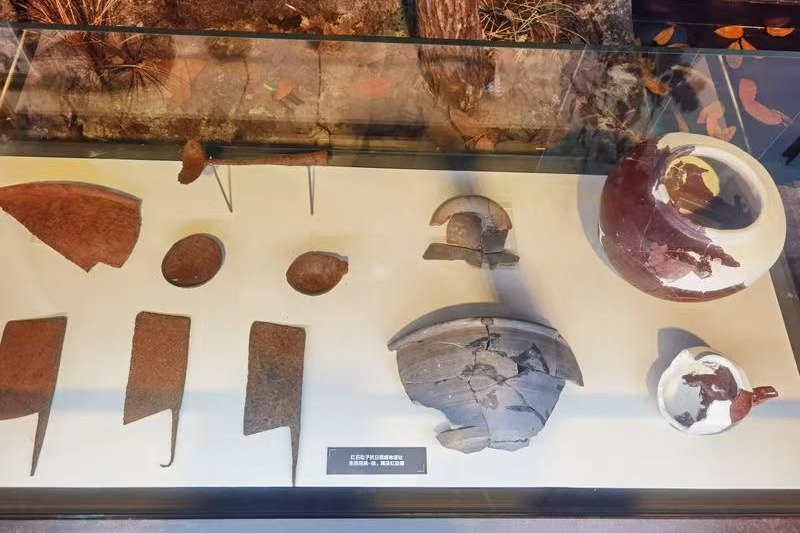Xizang's Lhokha city reports on transformative development


Lhokha city in China's Xizang autonomous region has seen sweeping improvements in infrastructure, industry, living standards and environmental protection over the past 60 years, local officials said on Monday.
According to figures released at a news conference in Lhasa, the regional capital, the city's GDP had risen from 278 million yuan ($39 million) in 1990 to more than 30 billion yuan ($4.2 billion) by 2024. Rural per capita disposable income grew from 143 yuan ($20) in 1978 to over 23,000 yuan ($3,219) by last year.
Jangkhar, Lhokha's deputy mayor, said the city had been transformed from a closed and underdeveloped area into "a beacon of prosperity and advancement", with significant gains made in people's standards of living.
"Over the six decades, the city has developed a comprehensive transportation network, integrating railways, highways and air routes. The total length of highways has expanded from 500 km in 1965 to more than 9,800 km in 2024, significantly boosting connectivity and economic potential," said Jangkhar.
Over the same period, Lhokha's distinctive industries have also flourished, with a notable acceleration in development momentum. Grain production has nearly tripled, rising from 59,000 metric tons in 1965 to 175,800 tons by last year.
In the industrial sector, the city's clean energy initiatives have been particularly successful, reaching an installed capacity of 3.04 million kilowatts, which constitutes one-third of the region's total.
Tourism has become a key growth driver. In 2024, Lhokha registered more than 7.5 million trips, helping it generate nearly 2.9 billion yuan ($405.82 million) from tourist spending, according to official figures.




































